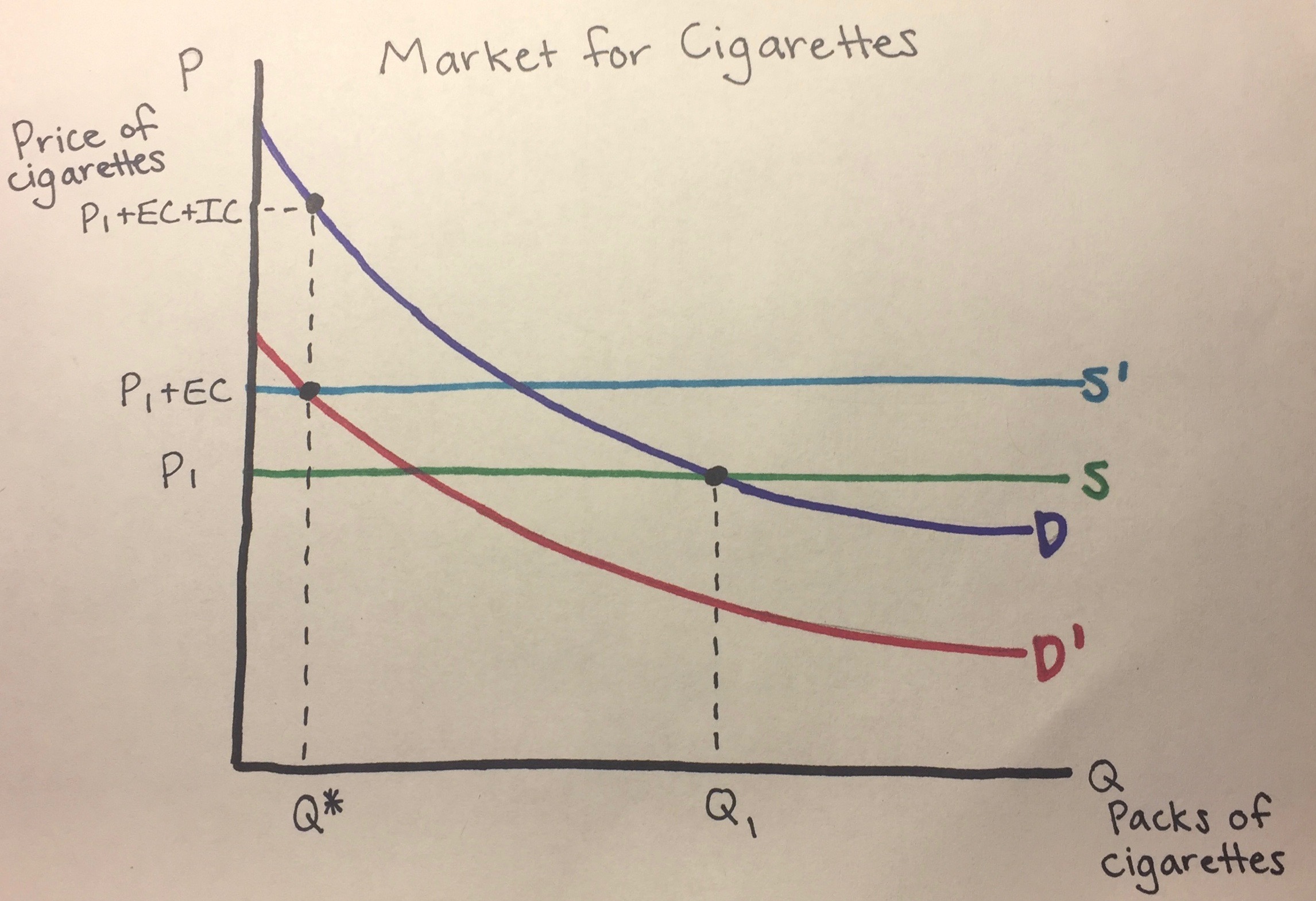|
Mental Accounting
Mental accounting (or psychological accounting) attempts to describe the process whereby people code, categorize and evaluate economic outcomes. The concept was first named by Richard Thaler. Mental accounting deals with the budgeting and categorization of expenditures. People budget money into mental accounts for expenses (e.g., saving for a home) or expense categories (e.g., gas money, clothing, utilities). Mental accounts are believed to act as a self-control strategy. People are presumed to make mental accounts as a way to manage and keep track of their spending and resources. People also are assumed to make mental accounts to facilitate savings for larger purposes (e.g., a home or college tuition). Like many other cognitive processes, it can prompt biases and systematic departures from rational, value-maximizing behavior, and its implications are quite robust. Understanding the flaws and inefficiencies of mental accounting is essential to making good decisions and reducing hum ... [...More Info...] [...Related Items...] OR: [Wikipedia] [Google] [Baidu] |
Public Economics
Public economics ''(or economics of the public sector)'' is the study of government policy through the lens of economic efficiency and equity. Public economics builds on the theory of welfare economics and is ultimately used as a tool to improve social welfare. Welfare can be defined in terms of well-being, prosperity, and overall state of being. Public economics provides a framework for thinking about whether or not the government should participate in economic markets and if so to what extent it should do so. Microeconomic theory is utilized to assess whether the private market is likely to provide efficient outcomes in the absence of governmental interference; this study involves the analysis of government taxation and expenditures. This subject encompasses a host of topics notably market failures such as, public goods, externalities and Imperfect Competition, and the creation and implementation of government policy. Broad methods and topics include: * the theory and applic ... [...More Info...] [...Related Items...] OR: [Wikipedia] [Google] [Baidu] |
Micropayment
A micropayment is a financial transaction involving a very small sum of money and usually one that occurs online. A number of micropayment systems were proposed and developed in the mid-to-late 1990s, all of which were ultimately unsuccessful. A second generation of micropayment systems emerged in the 2010s. While micropayments were originally envisioned to involve very small sums of money, practical systems to allow transactions of less than 1 have seen little success. One problem that has prevented the emergence of micropayment systems is a need to keep costs for individual transactions low, which is impractical when transacting such small sums even if the transaction fee is just a few cents. Definition There are a number of different definitions of what constitutes a micropayment. PayPal defines a micropayment as a transaction of less than £5 while Visa defines it as a transaction under 20 Australian dollars. History The term was coined by Ted Nelson, long before the inventi ... [...More Info...] [...Related Items...] OR: [Wikipedia] [Google] [Baidu] |
Framing Effect (psychology)
The framing effect is a cognitive bias where people decide on options based on whether the options are presented with positive or negative connotations; e.g. as a loss or as a gain. People tend to avoid risk when a positive frame is presented but seek risks when a negative frame is presented. Gain and loss are defined in the scenario as descriptions of outcomes (e.g., lives lost or saved, disease patients treated and not treated, etc.). Prospect theory posits that a loss is more significant than the equivalent gain, that a sure gain (certainty effect and pseudocertainty effect) is favored over a probabilistic gain, and that a probabilistic loss is preferred to a definite loss. One of the dangers of framing effects is that people are often provided with options within the context of only one of the two frames. The concept helps to develop an understanding of frame analysis within social movements, and also in the formation of political opinion where spin plays a large role in pol ... [...More Info...] [...Related Items...] OR: [Wikipedia] [Google] [Baidu] |
Behavioral Economics
Behavioral economics studies the effects of psychological, cognitive, emotional, cultural and social factors on the decisions of individuals or institutions, such as how those decisions vary from those implied by classical economic theory. Behavioral economics is primarily concerned with the bounds of rationality of economic agents. Behavioral models typically integrate insights from psychology, neuroscience and microeconomic theory. The study of behavioral economics includes how market decisions are made and the mechanisms that drive public opinion. The concepts used in behavioral economics today can be traced back to 18th-century economists, such as Adam Smith, who deliberated how the economic behavior of individuals could be influenced by their desires. The status of behavioral economics as a subfield of economics is a fairly recent development; the breakthroughs that laid the foundation for it were published through the last three decades of the 20th century. Behavio ... [...More Info...] [...Related Items...] OR: [Wikipedia] [Google] [Baidu] |
Decision Making
In psychology, decision-making (also spelled decision making and decisionmaking) is regarded as the cognitive process resulting in the selection of a belief or a course of action among several possible alternative options. It could be either rational or irrational. The decision-making process is a reasoning process based on assumptions of values, preferences and beliefs of the decision-maker. Every decision-making process produces a final choice, which may or may not prompt action. Research about decision-making is also published under the label problem solving, particularly in European psychological research. Overview Decision-making can be regarded as a problem-solving activity yielding a solution deemed to be optimal, or at least satisfactory. It is therefore a process which can be more or less rational or irrational and can be based on explicit or tacit knowledge and beliefs. Tacit knowledge is often used to fill the gaps in complex decision-making processes. Usually, both o ... [...More Info...] [...Related Items...] OR: [Wikipedia] [Google] [Baidu] |
Atkinson–Stiglitz Theorem
The Atkinson–Stiglitz theorem is a theorem of public economics which states that "where the utility function is separable between labor and all commodities, no indirect taxes need be employed." Non-linear income taxation can be used by the government and was developed in a seminal article by Joseph Stiglitz and Anthony Atkinson in 1976. The Atkinson–Stiglitz theorem is generally considered to be one of the most important theoretical results in public economics and spawned a broad literature which delimited the conditions under which the theorem holds, e.g. Saez (2002) which showed that the Atkinson–Stiglitz theorem does not hold if households have heterogeneous rather than homogeneous preferences. In practice the Atkinson–Stiglitz theorem has often been invoked in the debate on optimal capital income taxation: Because capital income taxation can be interpreted as the taxation of future consumption in excess of the taxation of present consumption, the theorem implies that gov ... [...More Info...] [...Related Items...] OR: [Wikipedia] [Google] [Baidu] |
Diamond-Mirrlees Efficiency Theorem
Peter Arthur Diamond (born , 1940) is an American economist known for his analysis of U.S. Social Security policy and his work as an advisor to the Advisory Council on Social Security in the late 1980s and 1990s. He was awarded the Nobel Memorial Prize in Economic Sciences in 2010, along with Dale T. Mortensen and Christopher A. Pissarides. He is an List of Institute Professors, Institute Professor at the Massachusetts Institute of Technology. On June 6, 2011, he withdrew his nomination to serve on the Federal Reserve's board of governors, citing intractable Republican Party (United States), Republican opposition for 14 months. Early life and education Diamond was born to a American Jews, Jewish family in New York City. His grandparents immigrated to the U.S. at the turn of the 20th century. His mother's parents and six older siblings came from Poland. His father's parents met in New York, she came from Russia and he came from Romania. His parents, both born in 1908, grew up i ... [...More Info...] [...Related Items...] OR: [Wikipedia] [Google] [Baidu] |
Nudge Theory
Nudge theory is a concept in behavioral economics, decision making, behavioral policy, social psychology, consumer behavior, and related behavioral sciences that proposes adaptive designs of the decision environment (choice architecture) as ways to Social influence, influence the behavior and decision making, decision-making of groups or individuals. Nudging contrasts with other ways to achieve compliance, such as education, legislation or enforcement. The nudge concept was popularized in the 2008 book ''Nudge (book), Nudge: Improving Decisions About Health, Wealth, and Happiness'', by behavioral economist Richard Thaler and legal scholar Cass Sunstein, two American scholars at the University of Chicago. It has influenced British and American politicians. Several nudge units exist around the world at the national level (UK, Germany, Japan, and others) as well as at the international level (e.g. World Bank, United Nations, UN, and the European Commission). It is disputed whether "n ... [...More Info...] [...Related Items...] OR: [Wikipedia] [Google] [Baidu] |
Internality
An internality is the long-term benefit or cost to an individual that they do not consider when making the decision to consume a good or service. One way this is related to behavioral economics is by means of the concept of hyperbolic discounting, in which immediate consequences of a decision are disproportionately weighed compared to the future consequences. A potential cause is lack of access to full information regarding the associated costs and benefits prior to consumption. This contrasts with traditional economic theory, which makes the assumption that individuals are rational decision makers who take all personal costs into account when paying for goods and services. One example of a positive internality is the long run effect of exercising, if these are not taken into account when deciding whether to exercise. Future benefits that an individual may not take into consideration include a diminished risk of heart disease and higher bone density. A common example of a potential ... [...More Info...] [...Related Items...] OR: [Wikipedia] [Google] [Baidu] |
Fungible
In economics, fungibility is the property of a good or a commodity whose individual units are essentially interchangeable, and each of whose parts is indistinguishable from any other part. Fungible tokens can be exchanged or replaced; for example, a $100 note can easily be exchanged for twenty $5 bills. In contrast, non-fungible tokens cannot be exchanged in the same manner. For example, gold is fungible because its value doesn’t depend on any specific form, whether of coins, ingots, or other states. However, a unique item such as a gold statue by a famous artist would not be considered fungible. In short, a thing is fungible when all equivalent amounts of that thing are interchangeable. Fungible commodities include sweet crude oil, company shares, bonds, other precious metals, and currencies. Fungibility refers only to the equivalence and indistinguishability of each unit of a commodity with other units of the same commodity, and not to the exchange of one commodity for ... [...More Info...] [...Related Items...] OR: [Wikipedia] [Google] [Baidu] |
Supplemental Nutrition Assistance Program
In the United States, the Supplemental Nutrition Assistance Program (SNAP), formerly known as the Food Stamp Program, is a federal program that provides food-purchasing assistance for low- and no-income people. It is a federal aid program, administered by the United States Department of Agriculture under the Food and Nutrition Service (FNS), though benefits are distributed by specific departments of U.S. states (e.g. Division of Social Services, Department of Health and Human Services, etc.). SNAP benefits supplied roughly 40 million Americans in 2018, at an expenditure of $57.1 billion. Approximately 9.2% of American households obtained SNAP benefits at some point during 2017, with approximately 16.7% of all children living in households with SNAP benefits. Beneficiaries and costs increased sharply with the Great Recession, peaked in 2013 and have declined through 2017 as the economy recovered. It is the largest nutrition program of the 15 administered by FNS and is a key co ... [...More Info...] [...Related Items...] OR: [Wikipedia] [Google] [Baidu] |
.jpg)



